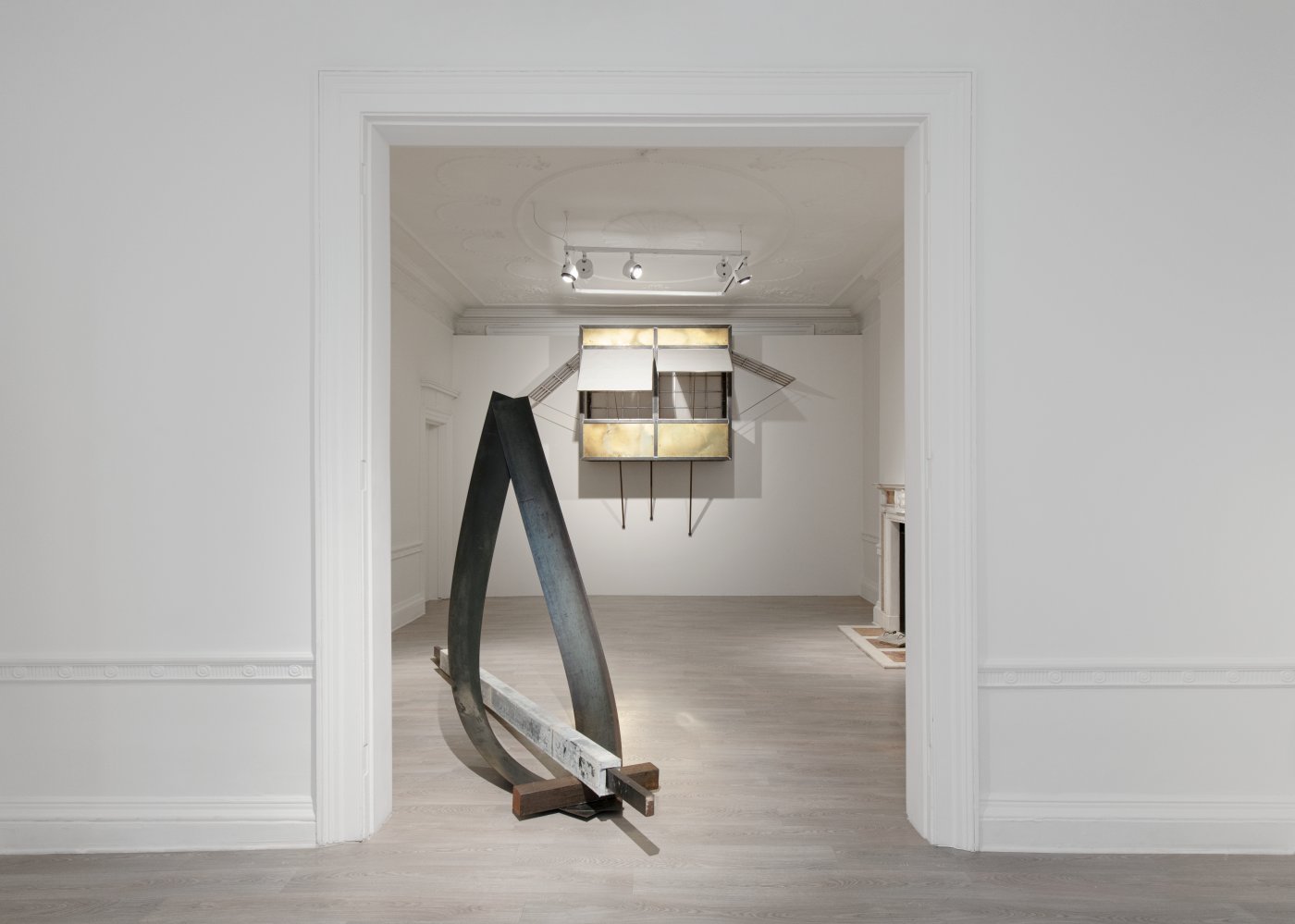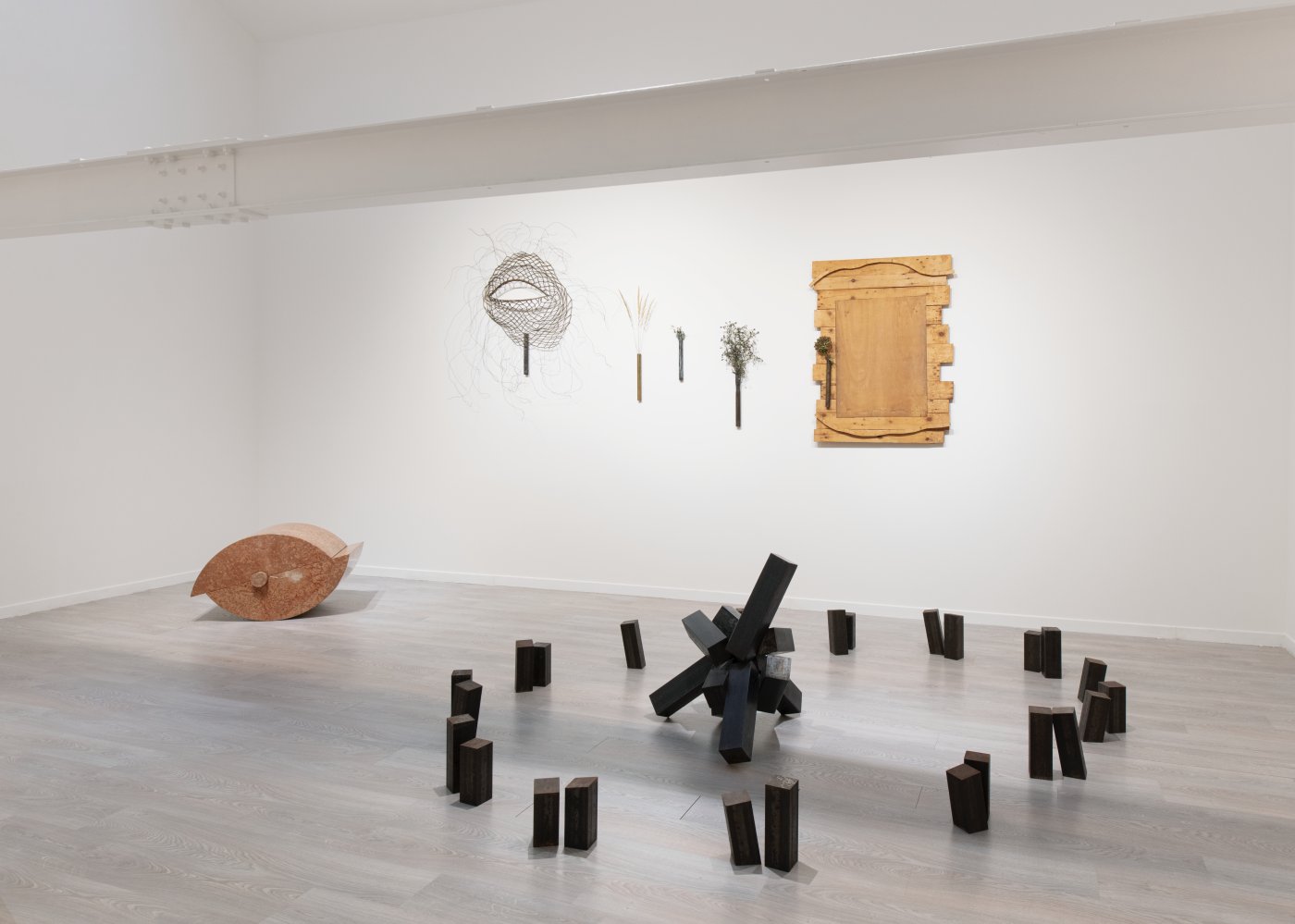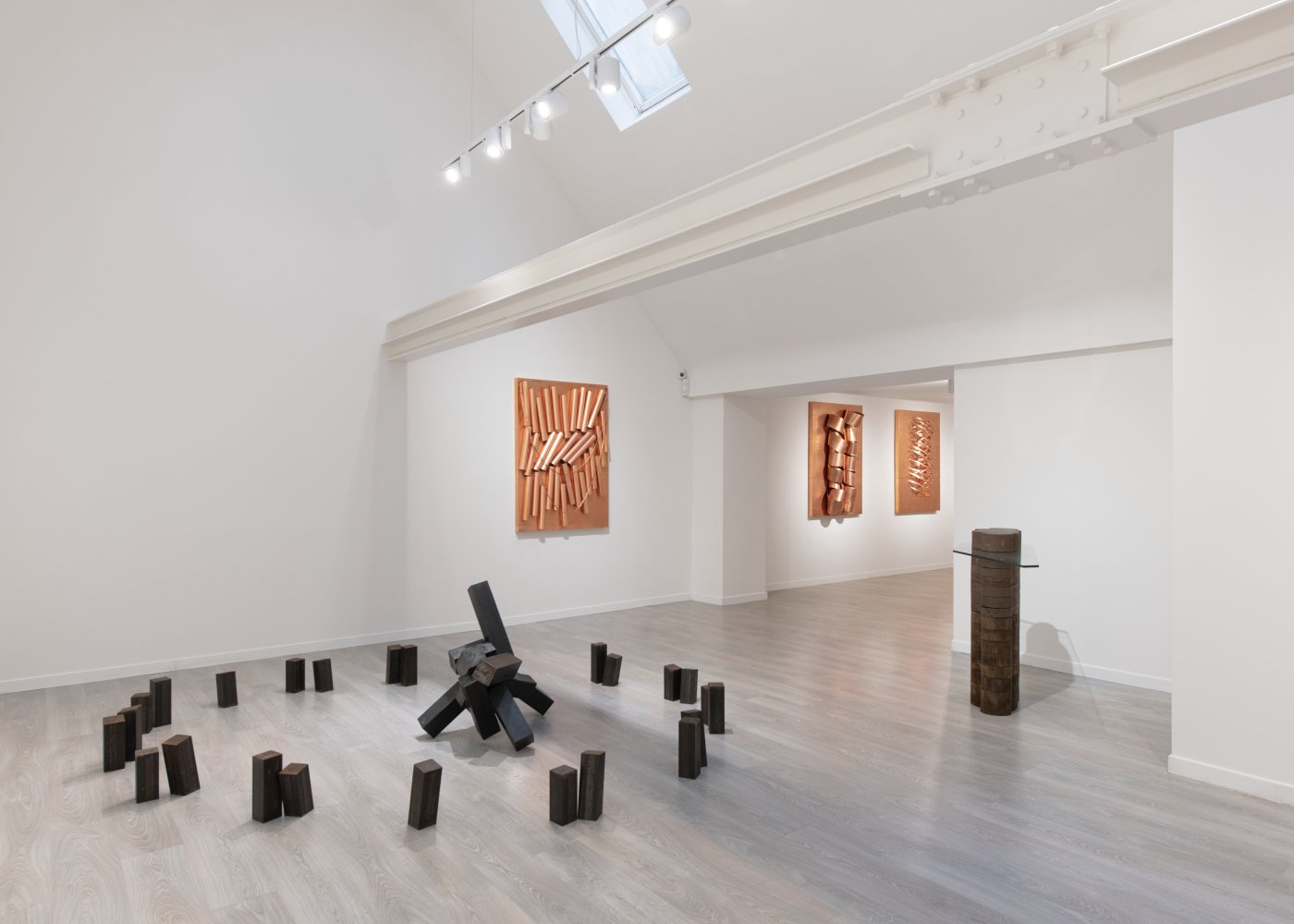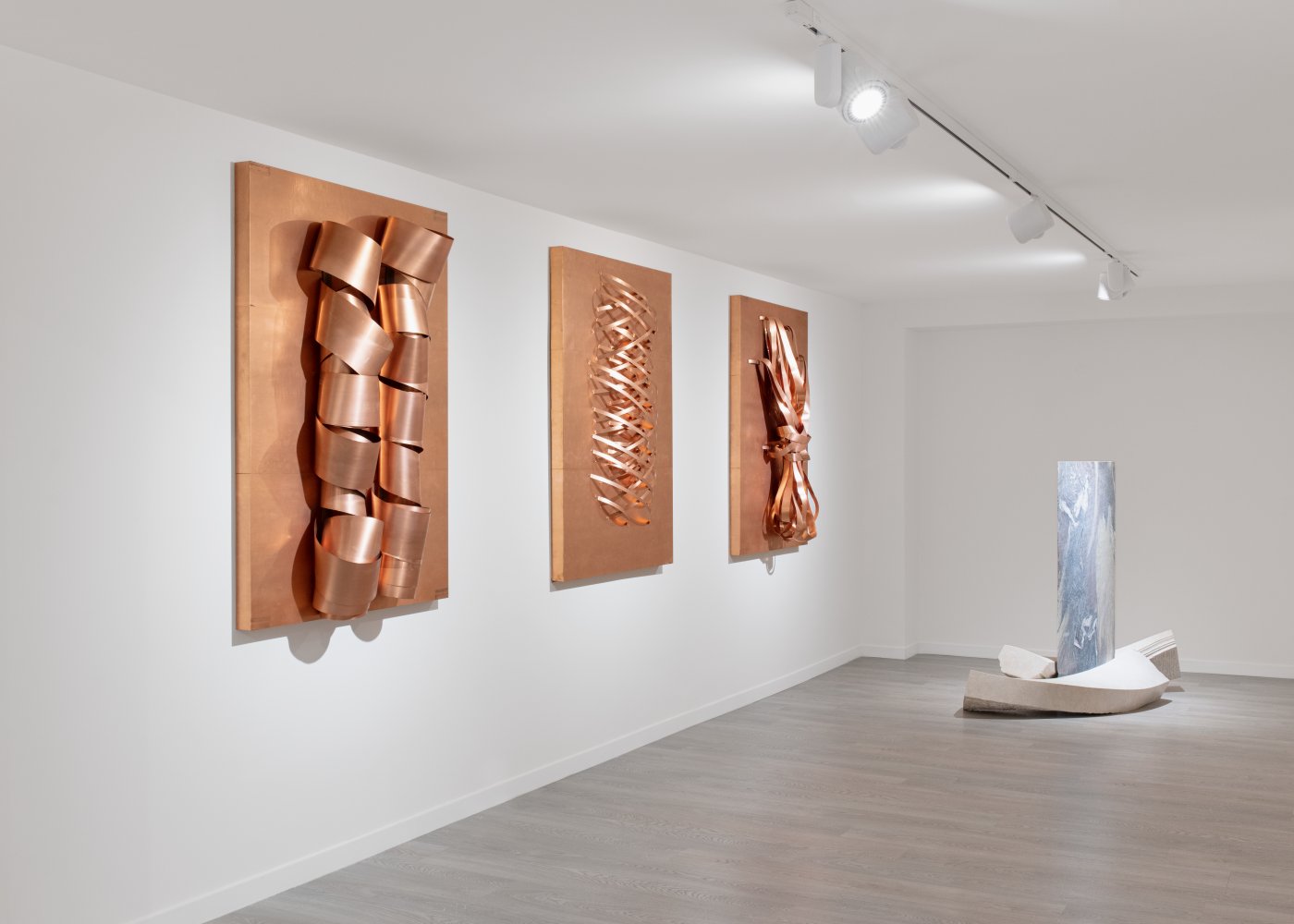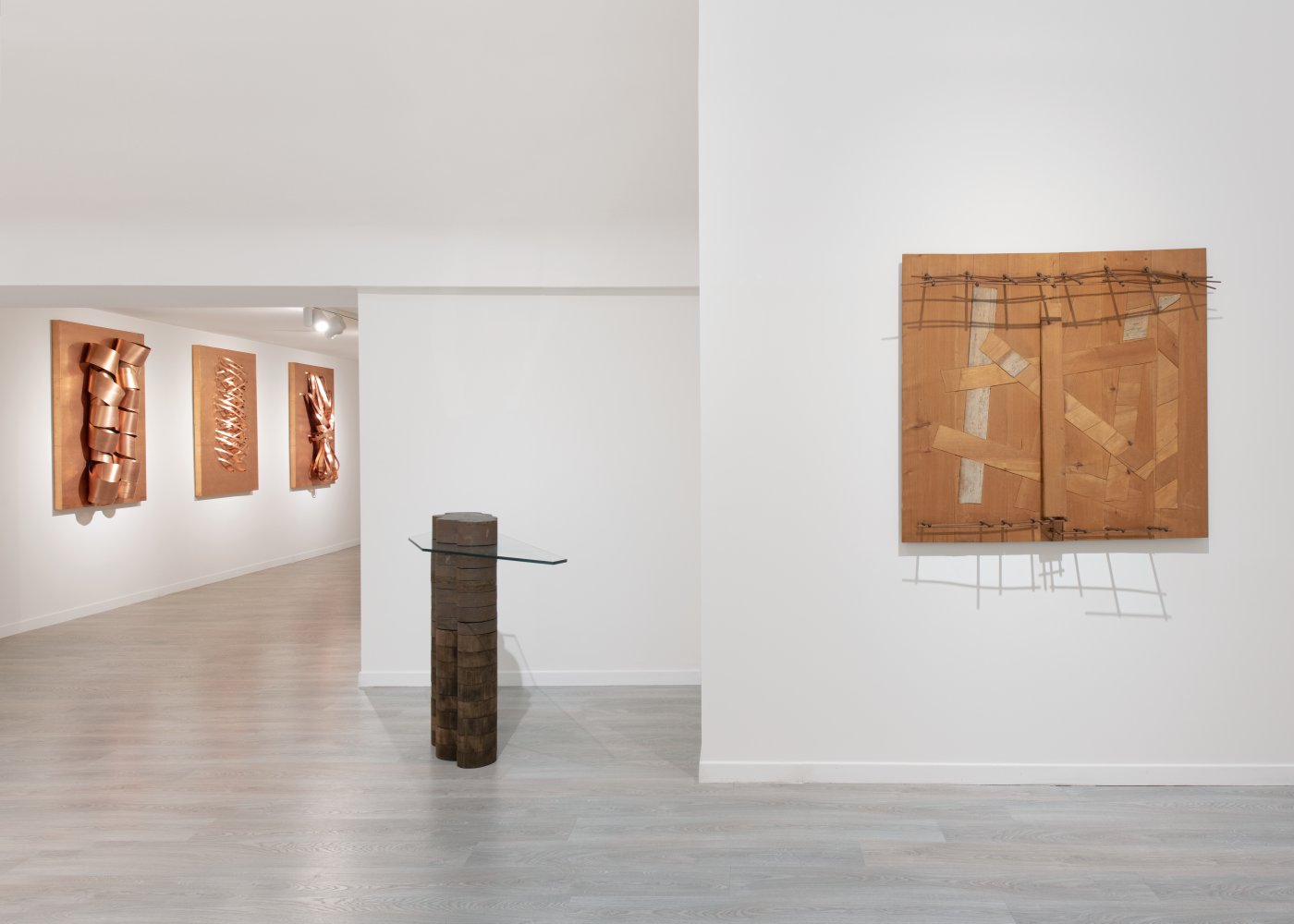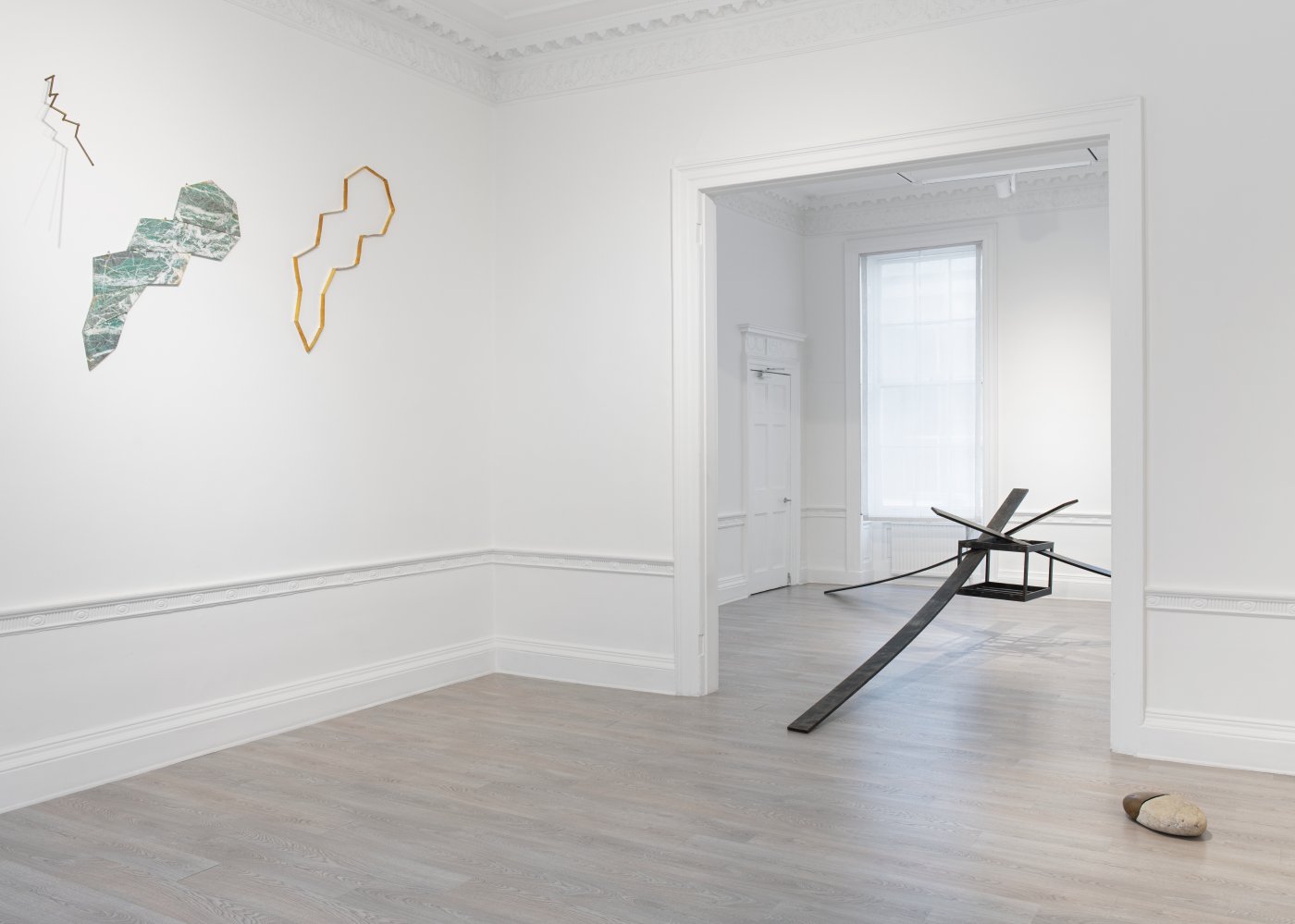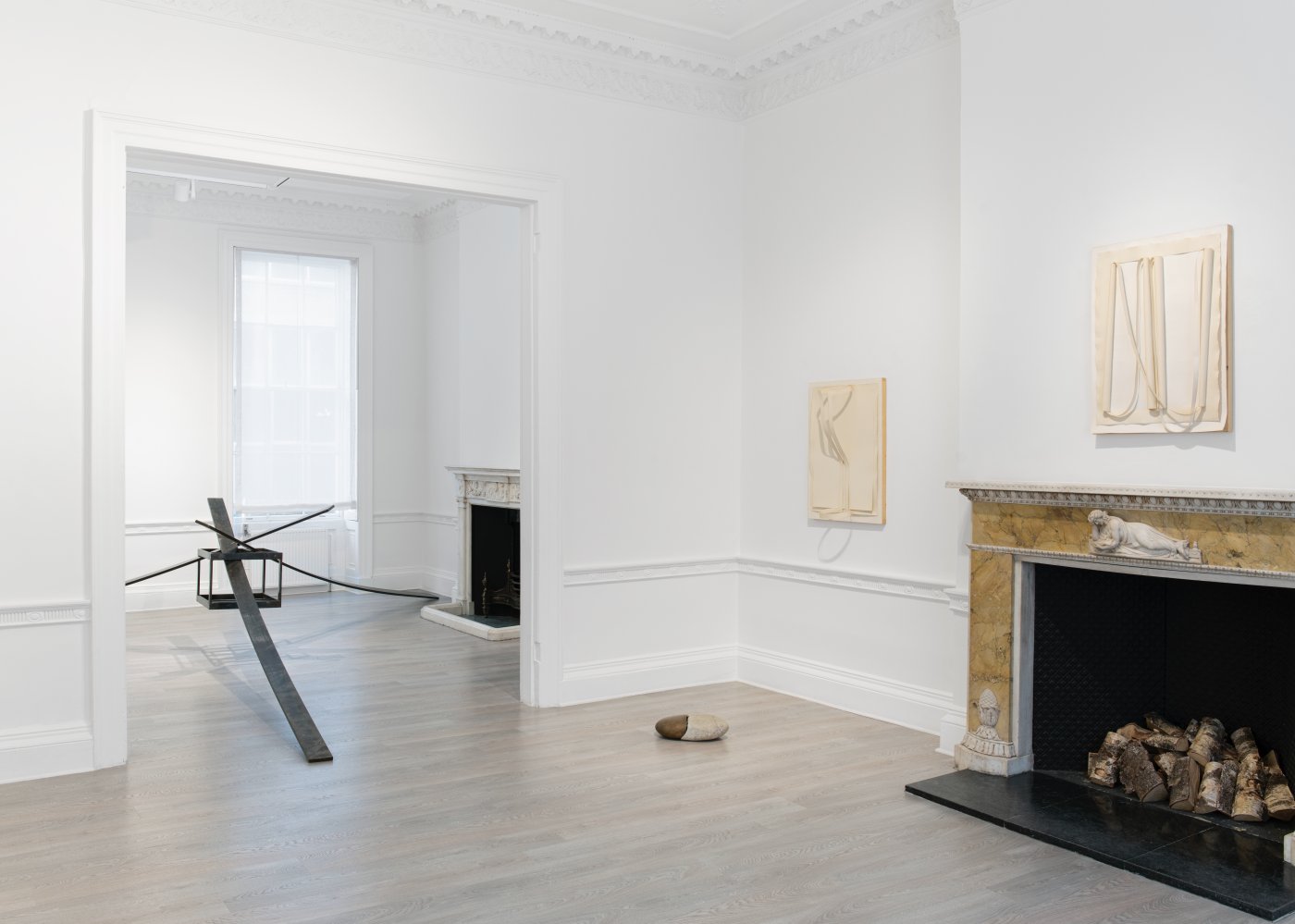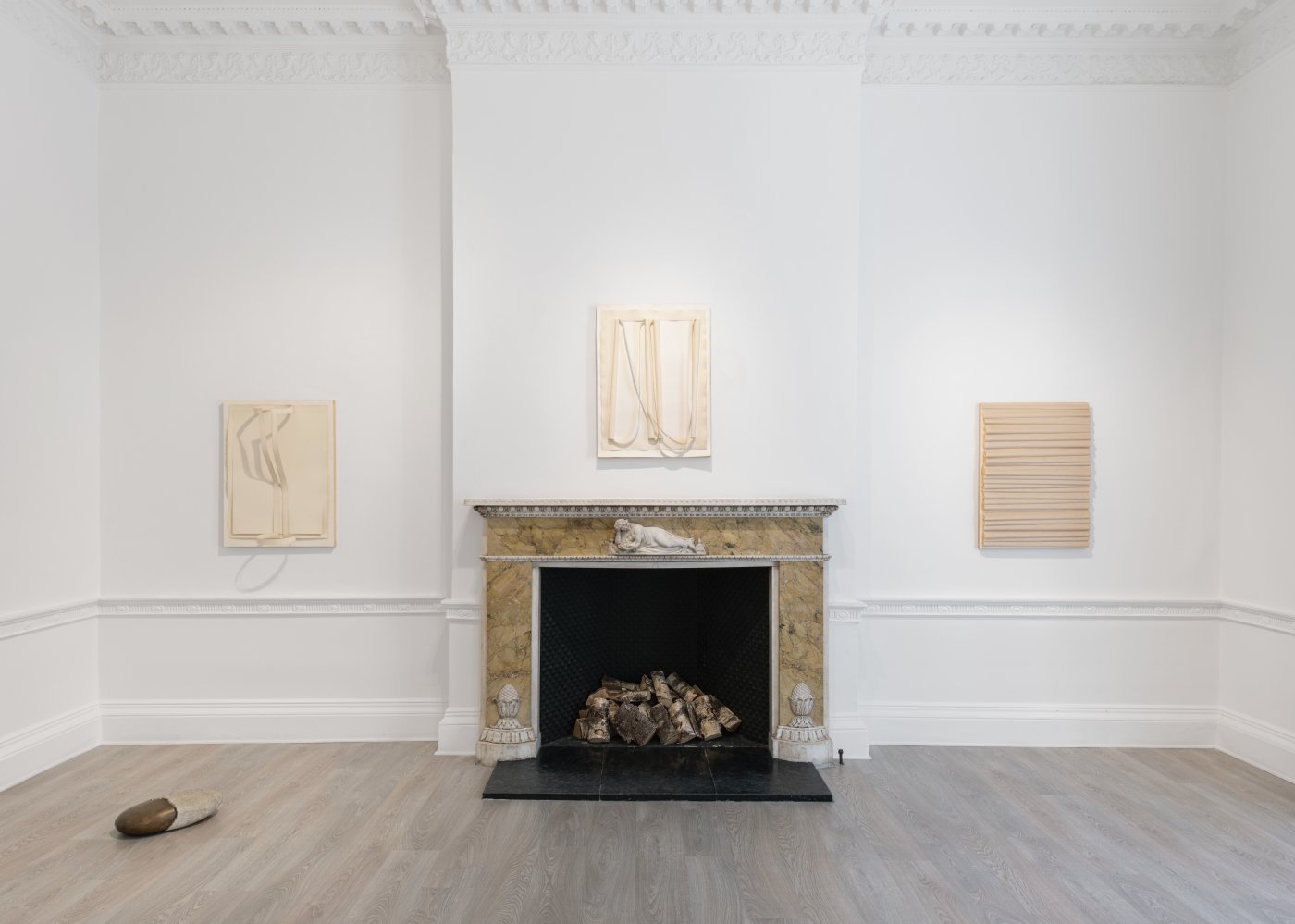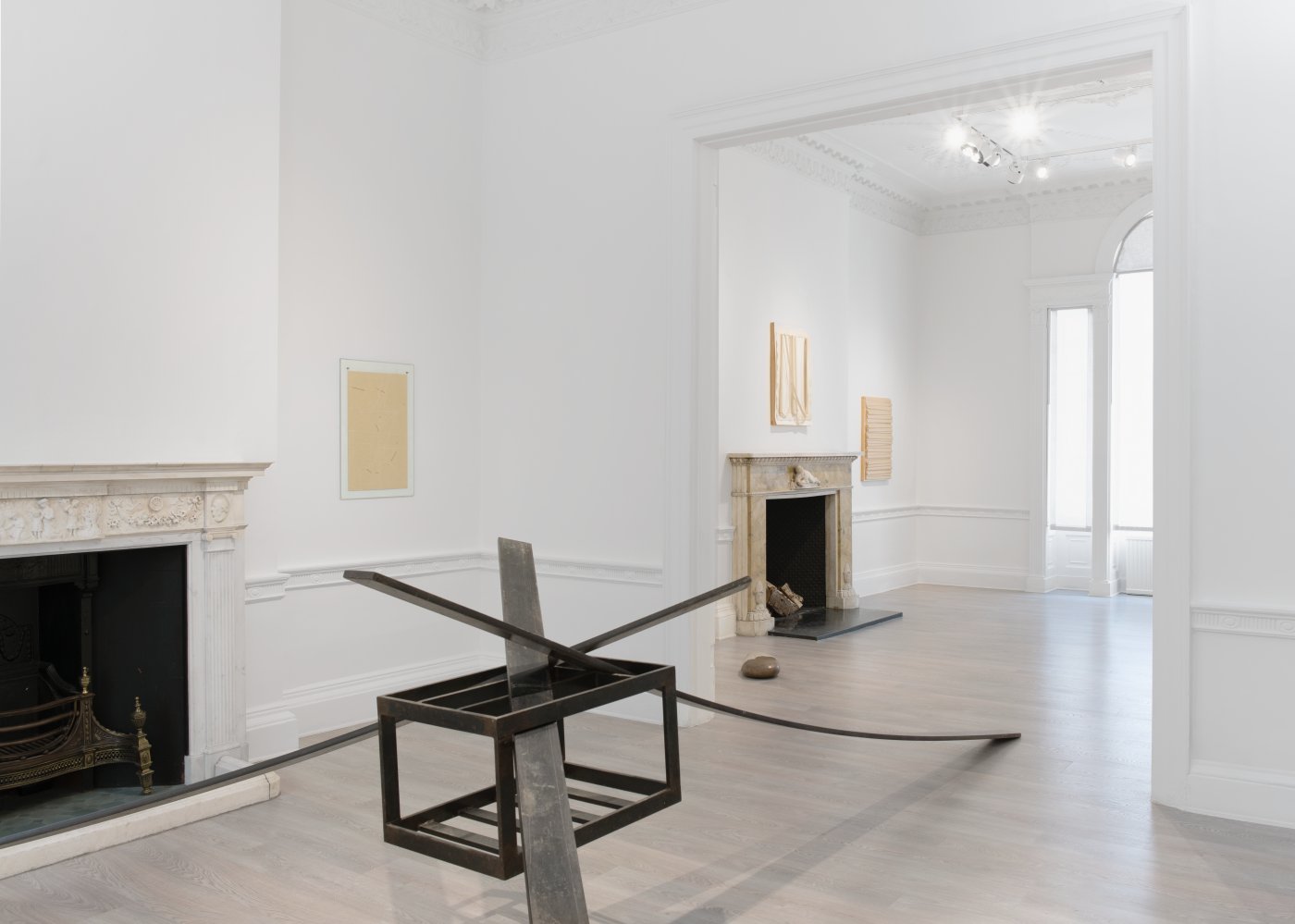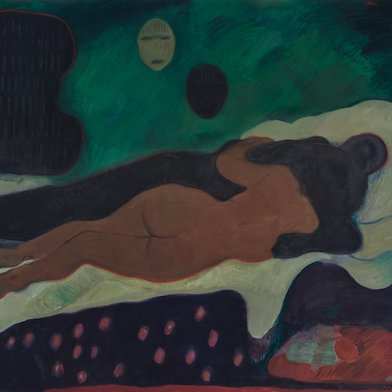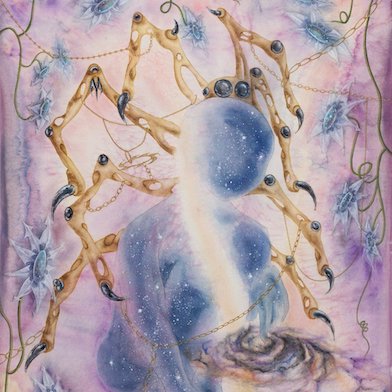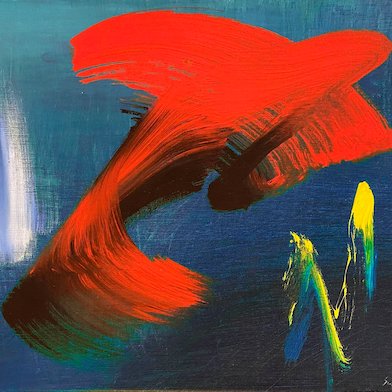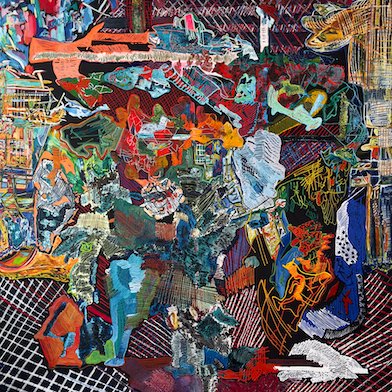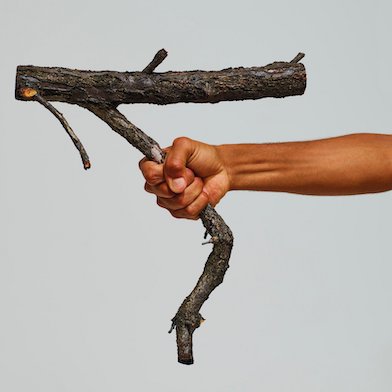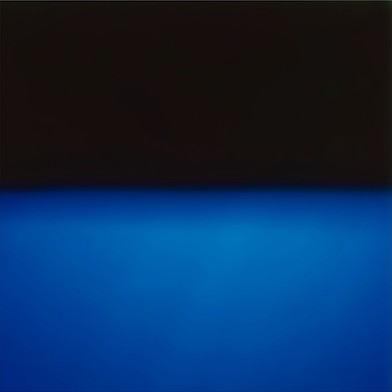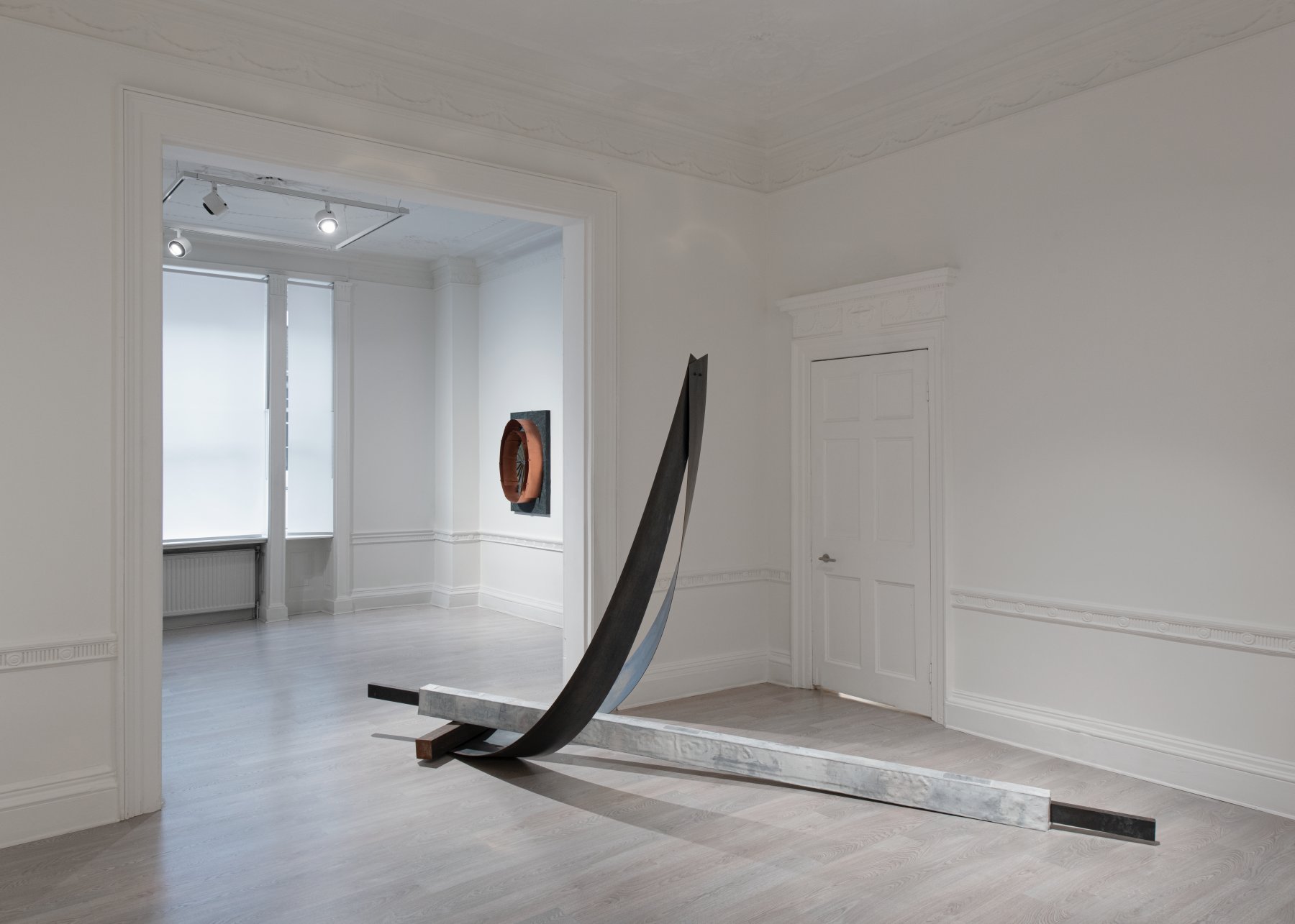
Open: Mon-Fri 10am-6pm, Sat 11am-6pm
Visit
Hidetoshi Nagasawa: Passage through time. 1969-2017
Cardi Gallery, London
Mon 10 Oct 2022 to Tue 31 Jan 2023
22 Grafton Street, W1S 4EX Hidetoshi Nagasawa: Passage through time. 1969-2017
Mon-Fri 10am-6pm, Sat 11am-6pm
Artist: Hidetoshi Nagasawa
“To me, sculpture deals with the invisible; I work on that part which cannot be seen, on that energy which can only be felt, yet is the true essence of form”
Hidetoshi Nagasawa
Cardi Gallery presents Hidetoshi Nagasawa. Passage Through Time. 1969-2017, its first retrospective dedicated to the late Hidetoshi Nagasawa (Manchuria, China 1940 - Milan, Italy 2018).
Japanese by birth, with his family, he fled from China to Japan during the war and would later undertake a long bike trip through Asia and Southern Europe. He would eventually settle in Milan in 1967. There, he met several prominent Italian artists: Enrico Castellani, Luciano Fabro, Mario Nigro and Antonio Trotta. In 1979, he opened, along with Fabro and Jole De Sanna, the Casa degli artisti, a gathering place for young artists to exchange ideas.
Deeply influenced by both his native and adoptive cultures and striving to bridge the gap between two distant yet similar worlds, Nagasawa never limited himself to a specific medium. The exhibition, developing over four floors of the gallery space, presents a selection of thirty-four works created between 1969 and 2017, demonstrating the artist’s exceptional ability to master materials and balance gravity.
Nagasawa aimed to present the viewer with a new understanding - one beyond reason - exemplified in the Japanese idea of “Ma”. “Ma” is a liminal space between being and non-being, absence and emptiness. It inhabits the gaps between the past, present, and future. The artwork which lends the title to the exhibition, Varco nel tempo, 1993 (literally ‘passage through time’), displayed on the ground floor, highlights precisely this space. The void between the two arched steel sheets bolted together, weighted to the ground by two iron and lead beams, embodies the “Ma” permeating the ether within the heaviness of the sculpture itself. Skilfully negotiating gravity, the Japanese artist’s works find balance within that minute oscillation space between the chaos of falling and an ethereal stance. Nagasawa’s sculptures, such as Libeccio, 2017; Caos Vacilla, 2011; Il compasso di Archimede, 1991 and Dioniso, 1993, all appear at once grounded and suspended, erasing the heaviness of materials, freezing time.
His oeuvre not only expressed the dichotomies within the physical world but also shone a light onto the artist’s own introspective - highly spiritual and hybrid - complexity. Ancient myths (Albero di Leda, 1988) and icons borrowed from biblical passages (Ombra di Angelo, 1986, Annunciazione, 2012) appear alongside Eastern aesthetics and philosophies (Firma, 1970; Casa del Poeta, 1999; Buco, 1969). Nagasawa’s industrial and natural materials retain a solid emotional quality that engages all the senses. Marvel, shock and amazement shake up the viewer’s perception, moving them to a different level of understanding based on feeling rather than mere thought.
Hidetoshi Nagasawa
Nagasawa was born on the 30th of October 1940 in Touneim, Manchuria (currently Dongning, in the province of Jilin, China), where his father was working as a doctor for the Imperial Army. After Japan’s defeat in 1945, Nagasawa’s family, as many other Japanese people living in Manchuria, had to flee due to the invasion of the Soviet’s Army. At only five years old the artist had already experienced death and suffering, which deeply influenced his poetic and art. After settling in the Saitana prefecture, in his mother’s hometown, he began high school, where he showed interest for mathematics and painting. After graduating high school, he was admitted at the Tama Art University of Tokyo, where he studied architecture and interior design and from where he graduated in 1963.
During his university years, Nagasawa practiced Karate and travelled across Japan; thanks to various exhibitions, such as the ones organised every year by the newspaper “Yomiuri” in Ueno (Tokyo), he came across avant-garde movements including Gutaj and Neo-Dada, and he understood how art’s essence is to be found in action and soul, even when it doesn’t materialise in a particular object. In 1966, after being married for six months, Nagasawa decided to broaden his horizons, and travelled across Asia to Europe with his bicycle and 500 dollars. After experiencing different cultures in Asia and in the Middle East - traveling across Thailand, Singapore, India, Pakistan, Afghanistan, Iran, Iraq and Syria - he finally arrived in Turkey, where he came across Mozart’s music on the radio and realised how close he felt to Western culture. His journey highlighted differences between cultures and ethnicities from adjoining countries. From Greece he reached Brindisi, Italy, where he visited the main museums and archeological sites. His journey ended in Milan: the city fascinated him so much that he decided to settle in Sesto San Giovanni in 1967. In Milan, he worked alongside artists such as Enrico Castellani, Luciano Fabro, Mario Nigro and Antonio Trotta. Nagasawa’s friendship with Fabro continued all their life. In 1979, he cofounded, with de Sanna and the sculptor Luciano Fabro, the Casa degli artisti, or Artists’ House, a space for exhibitions, events, and artist residencies that played a fundamental role in the Milanese art scene.
The years following Nagasawa’s arrival in Milan in 1967 saw a period of political turmoil in Italy, while in the visual arts, movements such as Arte Povera began to garner international attention. Despite his proximity to the movement, Nagasawa never took part in it. He explored his own way to make art, partaking in personal and group exhibitions both in Italy and across Europe. Since his escape from Manchuria, travel had been integral to Nagasawa’s life, giving him cause for reflection, making him think about the meaning of existence in time and space, featuring frequently in his artworks. Another foundation to his practice was the belief that the spiritual self of each human being can be shared across different cultures and generations, especially through education. From 1990 to 2002 Nagasawa was a lecturer at Nuova Accademia di Belle Arti (NABA), in Milan; he also taught art classes at Accademia di Belle arti di Brera and at Tokyo’s Tama Art University.
Nagasawa took part in more than five editions of the Venice Biennale, starting in 1972, and his art was featured in the Documenta quinquennial of 1992, the 8th Biennale de Paris, 1973 and the 13th Biennale Middelheim, 1975.
His works have been included in solo and group exhibitions held, amongst others, at Tramway, Glasgow; Yorkshire Sculpture Park, Wakefield; Municipal Museum of Fine Arts, Kyoto; The National Museum of Modern Art, Osaka; Metropolitan Art Museum, Tokyo; The Museum of Modern Art, Saitama; Städtische Kunsthalle, Düsseldorf; Louisiana Museum of Modern Art Culture Center, Humlebaek; Museum Moderner Kunst, Wien; Fundació Pilar i Joan Miró a Mallorca, Palma de Mallorca; Galleria Civica di Arte Contemporanea, Trento; Collezione Peggy Guggenheim, Venice; PAC-Padiglione d’Arte Contemporanea, Milan; Palazzo delle Esposizioni, Rome.
His works are held in private institutional collections internationally, amongst which the Museum of Modern Art Kamakura & Hayama, National Museum of Modern Art Osaka, Takamatsu City Museum of Art and Iwaki City Art Museum (Japan), Museum Van Hedendaagse Kunst, Gent (Belgium); Museo d’Arte Contemporanea, Cassino and Galleria d’Arte Moderna, Bologna (Italy).


























